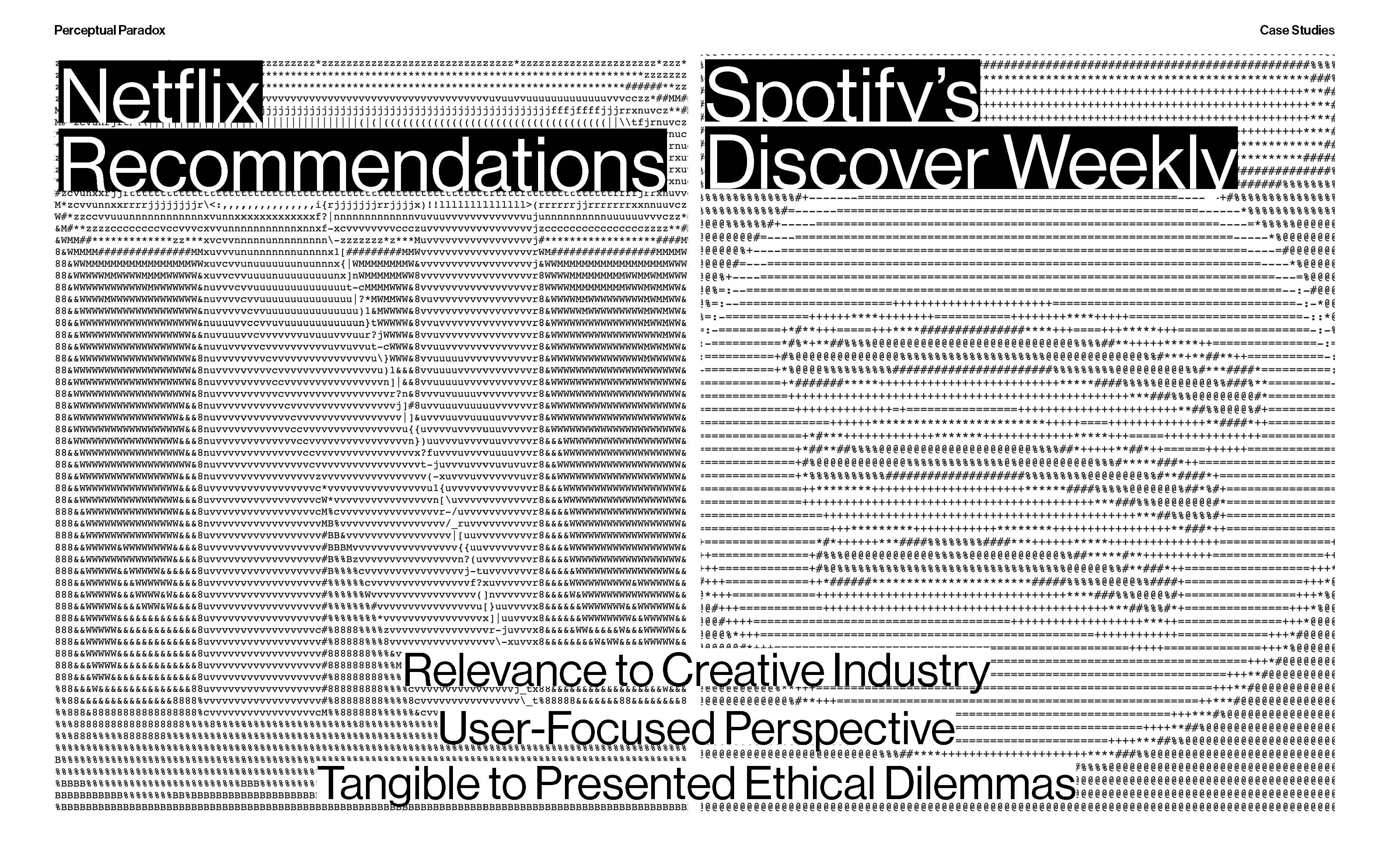▩▩▩▩▩▩▩ WEEK 1 ▩▩▩▩▩▩▩
Taking the First Step
In this first week, a significant portion of my time has been dedicated to finding an angle into
conceptualizing a speculative design project while at the same time, preparing for the upcoming
presentation in week 2. Building upon my prior knowledge, I have come to appreciate that speculative
design serves as a creative conduit for envisioning alternative futures and challenging established
conventions. Speculative design does so by provoking critical thought and sparking discourse.
Recently, I've been seeing a lot of variations of The Trolley Problem. It's is often used in ethics
discussions and research to explore complex ethical factors and to probe the moral intuitions and
reasoning of individuals in difficult situations. It has also spawned variations and extensions, such as
the "Fat Man" variant, which further challenge ethical decision-making in extreme circumstances. I
thought reading up about it would provide me with great starting points. From there, I pulled out 4 main
factors that prompt critical thought.

Variations of the Trolley Problem

Factors that provoke critical thought
Chosen Factor: Ethical Dilemmas
After looking through the factors, I felt like ethical dilemma provides me with a greater advantage
since it’s a term that I was more familiar with. The first ethical dilemma I came up with was of course
the advancement of A.I since it has been a hot topic in the design industry. Designers are worried that
their jobs will be replaced by AI and enthusiasts are also worried for homogenization of design due to
the lack of diversity in AI generated art styles. I personally believe in the collaboration of AI but at
the same time I feel like it has already been discussed a lot and it would be difficult for me to come
up with something new to bring to the table.
I've always been curious about how algorithms operate to customize content and experiences for
individual users. Many times, I've encountered targeted ads on my phone that seemed eerily relevant,
almost as if my device had been eavesdropping on my conversations. This has stirred a sense of unease
within me because if my phone can pick up on conversations, what other information might it have
captured? How deep does its knowledge go? Is it all guesswork, or is there something more intricate at
play? These questions have driven my curiosity and concern about the mechanisms behind these algorithms.
I didn't want to dive too deeply into it just yet, as I'm still uncertain if this will be the focus of
my research. My goal was to gain a quick grasp of the concept, so I asked ChatGPT to provide some key
insights into personalized creative algorithms. The results were intriguing, and from what I learned,
I can already envision several ethical dilemmas that might become focal points for my project.

In-Class Exercise -
Keyword Mindmapping
After our initial round of sharing progress, the next step involved creating a mind map for our
project title and connecting it with relevant keywords. In my case, I predominantly referred to the
keywords listed by Andreas and the primary keywords associated with my concept. Subsequently, we
gathered around the table to examine each other's keywords and applied stickers to indicate those that
piqued our interest or stood out to us. I was particularly relieved to find that my chosen keyword,
"ethical dilemma," garnered the most stickers, reaffirming my decision to center my concept around it.
This exercise not only proved valuable in identifying focal points of interest within our projects
but also served as an excellent platform for idea sharing. Some of the keywords suggested by my peers
were novel to me and expanded the scope of my thinking.

Most popular keyword
Back to Conceptualising
Last semester during CCS, our lecturer Lydia had always reminded me to narrow my scope down further.
Broad scopes don’t generate interest and will cause trouble finding sources down the road. Therefore,
after much deliberation, I thought that Creatives would be the most relevant target audience for the
direction I’m heading towards. My initial thought was ‘individuals who spend a lot of time on social
media’ but there’s really too broad. I feel that creatives are too broad too but I’ll definitely find a
way to narrow it down further later on.
I identified three common negative effects associated with personalized algorithms: Filter Bubbles, Lack
of Serendipity, and Privacy Concerns. Recognizing their importance in the creative field, I aimed to
interconnect them and shape a custom ethical dilemma for creatives. This approach is particularly
relevant to creatives as it directly influences their creativity, innovation, and ethical
decision-making in a world heavily influenced by personalized algorithms. It provides a strong
foundation for exploring these complex dynamics further.

Target Audience, Relevance, & Problem Statement
Presentation Slides
One of the reasons I chose this atelier was because I wanted to experiment with ASCII in Creative
Coding. I’ve always been drawn towards ASCII or TEXTMODE art from creators like Andreas Gysin. It's the
captivating visual aesthetics of ASCII that have consistently resonated with me, which is why I styled
my slides using ASCII aesthetics.
I pretty much checked everything off the list for the presentation except for the reading list and case
studies section. I was still in the midst of building up a lexicon and identifying the key literature
associated with my project.
Among the four challenges I foresee encountering in the upcoming weeks, my primary concern revolves
around sourcing relevant materials. To address this, I've devised a strategy to begin with preliminary
literature, subsequently searching for highly cited papers referencing the same sources. This approach,
I hope, will yield fruitful results.
Simultaneously, I've made a conscious effort not to overly dwell on the design output or application
aspect at this stage. I've recognized that fixating on this prematurely could potentially hinder rather
than facilitate progress, as I've experienced in the past, during Data Spaces.
Week 2 Presentation slides








